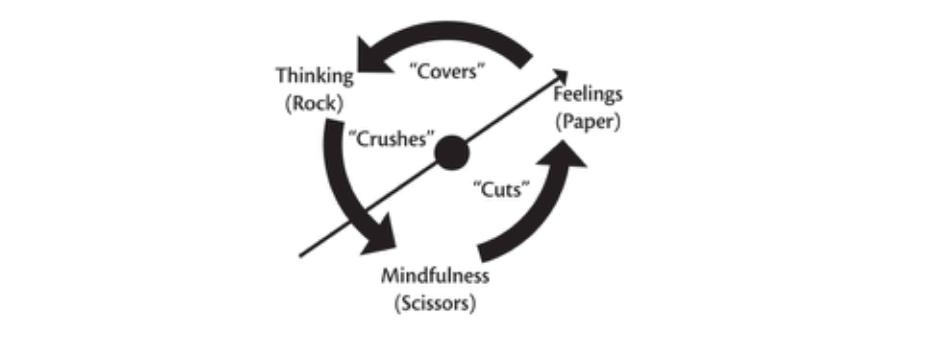A famous Zen story tells of Nan-in, a Japanese master during the Meiji era (1868-1912). He received a university professor who came to inquire about Zen.As Nan-in served tea, he poured his visitor’s cup full, and then kept on pouring. The professor watched the overflow until he no longer could restrain himself.
“It is overfull. No more will go in!”
“Like this cup, you are full of your own opinions and speculations. How can I show you Zen unless you first empty your cup?” asked Nan-in.
We change agents often ask, “Why do so many managers and technical experts resist implementing the proven way of lean operations?” Could it be because, like the professor in the Zen story, their minds are already full? If so, what exactly is a manager’s psychology full of?
The online Oxford Living Dictionaries define psychology as: “The investigation of the mental and emotional factors governing a situation or activity.” So let’s picture our human psychology with a systems model that adds the mental factor of mindfulness to thinking and feelings, and let’s put them into a cycle. Let’s model it with the children’s game of rock-paper-scissors. (See image above.)
Most of us consider our thoughts “rock-solid”, as something we can “stand on”. So let’s let thinking be “rock” in the model. When our thinking becomes excessive, too dense, it gets heavy and crushes our natural mindfulness, so “rock crushes scissors”. Moving around the bottom of the model, when our scissors have been “crushed”, we lack the mindfulness to perceive and cut off arising negative feelings, “paper”. Those negative feelings then swing back to cover our rational thinking and re-fuel our irrational thoughts and a vicious cycle continues endlessly.This psychology is a perpetual motion machine causing organizational waste and human suffering.
The way out of the cycle is to strengthen everyone’s mindfulness, beginning with key managers and extending it to many others. In coaching business executives or functional leaders it’s important to immerse them in new experience and then reflect in order to challenge the expert paradigm of “knowing answers” and strengthen their mindfulness. For example, Ron was a plant manager who had been a tough football lineman in high school. He could be jovial in person but his aggressiveness was never far below the surface. He was a dedicated mechanical engineer and when he saw a dirty or uncalibrated machine in his plant he went into a roadrage because he “knew” that an operator or maintenance man was at fault. I was coaching him monthly trying to change his blame game behavior, but I really never made much progress.
What finally changed Ron was new experience with the plant’s union leaders during a visioning workshop and a gemba walk the floor. As Ron said to me: “The most enlightening moment for me was that you drove the new management team and the union leadership to think differently about the vision. In that workshop the idea of what a Best-In-Class facility would look like was insightful and both sides really did want a clean, well-run plant. I became convinced that their work ethic would keep us going as an entity.”
Ron found a common goal with plant union leaders and from then on was more mindful of their concerns. He cut short his road-rage emotions with mindfulness; usually. It was a first big turning point in the lean transformation of his plant. For a lean coach, introducing, lo insisting on new, direct experience is the best and perhaps the only way to empty a resistant manager’s cup.
So here’s a sensei question for you: “If the arrow in the model is new experience what’s the dot?”





